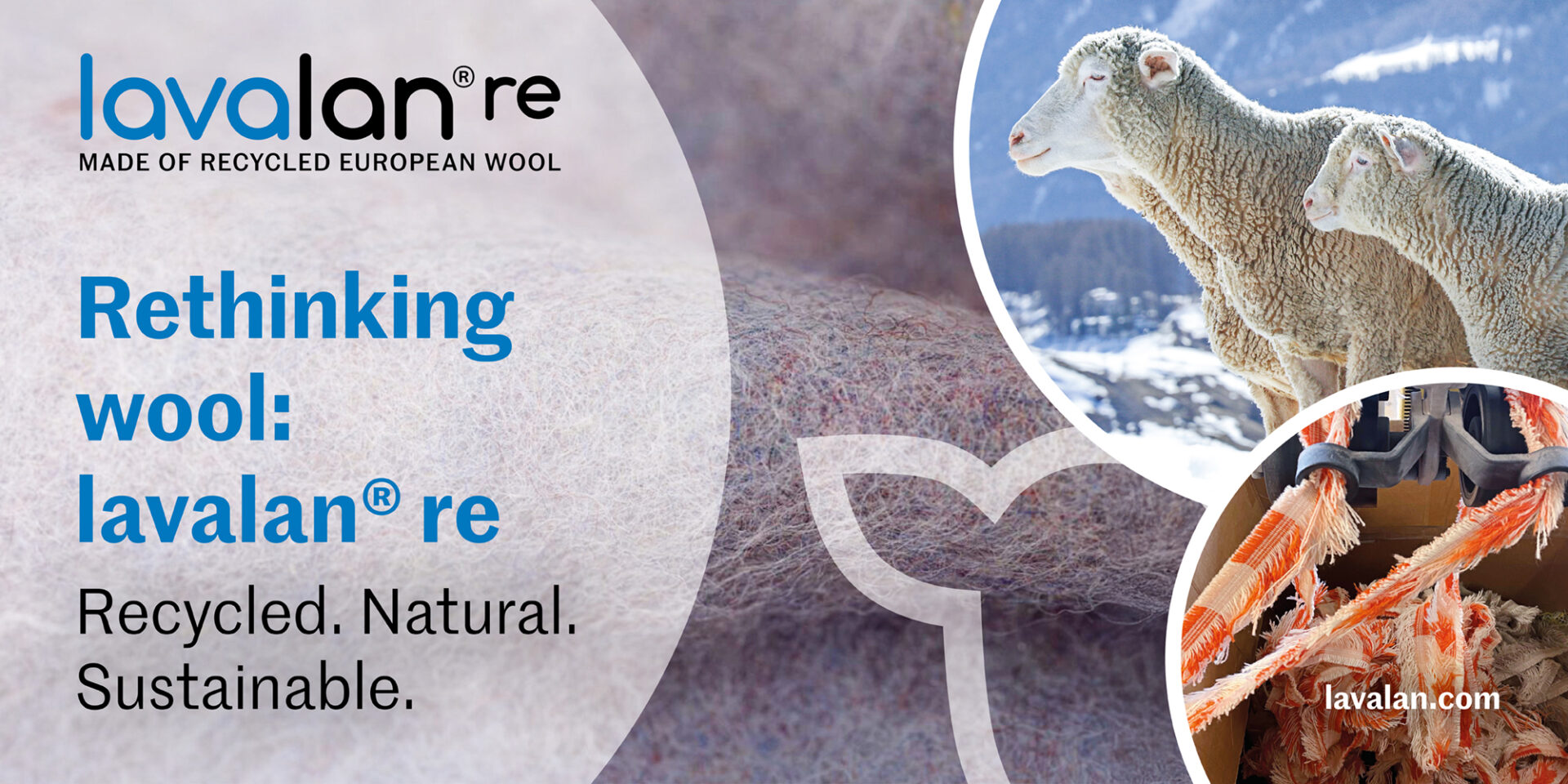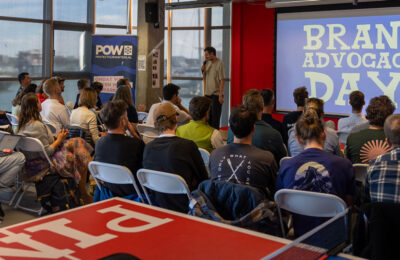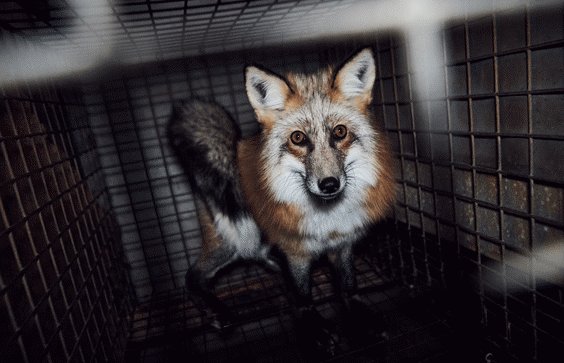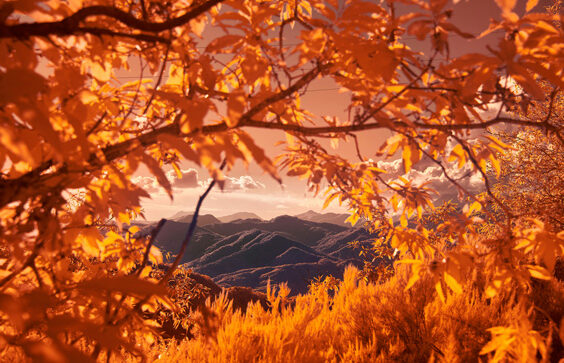From Mount Everest to Preikestolen, the race for the perfect social media shot is taking its toll on the world’s wild places. Learn how to travel responsibly and still share your trip online.
Around the world, social media is today one of the leading lenses for destination decision-making. According to Statista, 75% of travelers choose their holidays based on inspiration from others’ social media accounts. Thanks to platforms like Instagram and TikTok, social media tourism is transforming the way we experience nature – from the memories we capture to the places we choose to relax.
But if you’ve ever been caught in an hour-long queue for a mountain summit or missed the perfect sunrise photo opportunity because someone walked in front of your shot, you may have fallen victim to social media’s web of wanderlust. Social media coverage is driving tourism in many spots that were once famed for being incognito.
And nowhere bears the brunt of its popularity quite like some of our natural spaces. With overtourism contributing to habitat erosion, destruction of rare vegetation, and wildlife disruption, what’s the cost of a glamorized getaway?

Credit: Elad Itzhaki / Unsplash
From post to path: how algorithms shapes tourist hotspots
More of the world is now on social media than not. Today, 64.7% of the Earth’s population uses social media and consumes 14 billion hours of content every single day. And 7.6 new user profiles join them each second.
This makes social media platforms a rich investment for businesses and individuals looking to share products and stories. Just 5.8% of all internet users avoid platforms like Instagram, Facebook, TikTok, and WhatsApp.
When used well, algorithms deliver targeted content to the right user profiles within fractions of a second. Your followers, location, and previously consumed content are all factors in determining what you will see next. So, if you’re outdoorsy or spend time online with people who are, you’ve likely seen some “must-see” spots from all corners of the globe.
Word of mouth has always existed — whether in the form of a guidebook or a recommendation from a friend. The layer that social media adds is the sheer number of people exposed to the content. Where a printed travel book may only land in the hands of a few thousand people, 5.31 billion social media user profiles existed in April 2025, and #Travel had more than 600 million associated posts.
Geotagging — assigning a location to your social media content — is a popular way of sharing information with others and creating a feed much like a digital scrapbook. The link between geotagging and overtourism is increasingly evident as more travelers seek out viral locations, often exposing vulnerable flora and fauna in the process.

Credit: Sylwia Bartyzel / Unsplash
Camera-click field trips: the environmental impact of going viral
Whether “the shot” is captured or not — and many will give it more than a few tries — social media itself is not the villain. It makes the world accessible. And no one is telling urban crowds to invade important natural sites. Still, social media creators have a responsibility to share their content carefully.
The environmental impact of social media on tourism is becoming impossible to ignore.
We must remember that our natural spaces are just that: natural. Some are protected and some are reinforced, but the demand of overtourism still causes strain.
Transport emissions and litter are usually among the first offenders of overtourism, creating microfractures in the fragility of these natural spots of interest. And while more bins and parking spaces could reduce hazardous waste and congestion, there are more issues joining the picnic.
Perhaps the most notable overtourism hotspot is Mount Everest in Nepal, where tourism and its impact are being strongly felt. In 2024 alone, 11 tons of waste – including gas canisters, old tents, and food – were removed from the mountain. But that only accounts for what’s most easily accessible. Due to the harsh conditions, waste cannot decompose and becomes frozen in layers every season as more snow and ice pile on top.

Credit: Serhii Vasylenko / Unsplash
Bucket list mass tourism: destinations under pressure
In Iceland every year, millions of tourists descend on the island, often for fleeting trips to the Blue Lagoon, and severely outnumber the fewer than 400,000 people who live there. Overcrowding leads to habitat degradation, and queues for bathrooms lead to people using nature to relieve themselves.
It’s similar in Norway’s Preikestolen (Pulpit Rock), which offers idyllic views for hikers over the Lysefjord, but a recent swell in numbers is prompting officials to cap visitors to protect the environment. In 2024, 5,800 hikers walked Preikestolen in a single day, and the expectation is that numbers will only continue to grow. Locals forecast that half a million visitors will walk the paths annually by 2030.
Mam Tor in the UK is another idyllic beauty spot offering hilltop views across the Peak District. It recently rose in popularity after going viral online for its breathtaking sunrises and sunsets. Since then, the area has seen pre-dawn queues by car and on foot, with visitors parking on verges to guarantee their spot at the summit. The extra footfall and panicked exodus at the end of the show has caused rapid soil erosion.
Work is now beginning on Mam Tor to restore the vegetation surface, which involves labor-intensive efforts flying topsoil by helicopter to the affected areas.

Credit: Ivars Utināns / Unsplash
It’s all right to think twice!
While the popularity of a natural hotspot is somewhat unpredictable, disobeying signage and poor outdoor etiquette are another matter entirely. Is it worth harming — and in the worst cases reversing — hard conservation efforts for digital popularity? Many would probably think twice if they knew their impact.
The European Outdoor Conservation Association (EOCA) has recently been supporting the RSPB in a campaign to resolve soil erosion, habitat and rare vegetation destruction, and disruption to breeding wildlife. The project “Tread Carefully” is focused on the Cairngorms National Park in Scotland and aims to restore five kilometers of pathway to improve accessibility for hikers. By preventing off-path walking and off-leash dogs, these conservation works will alleviate human pressure on these vulnerable landscapes.
To the untrained eye, soil erosion is simply unsightly. But digging below the surface, it’s causing significant problems for local biodiversity and for us as humans. Many of the issues stem from decreased soil fertility through nutrient loss and increased risk of flooding, as well as extra sediment filling our waters, which directly contributes to a decline in local fish species. Upland soils are particularly susceptible to erosion from increased pedestrian traffic because the soil is naturally more vulnerable.
Restoring these upland soils is vital for water quality regulation and, essentially, carbon capture. These are examples of responsible tourism practices in action.

Credit: K B / Unsplash
Leave no trace in nature and in social media
While there is something unnerving about the effects of promoting undisturbed natural beauty on social media, the cinematographic wonder of it all is also what’s so captivating. Nature exists for all, and we have a duty to ensure it thrives for generations past our own.
Content creators have a responsibility around the intention of their posts.
Co-opting nature’s beauty and ignoring its vulnerability in favor of “likes” is not a respectful use of content or nature. Rather, creators who wish to inspire time in the outdoors should encourage connection with nature that’s mindful of off-peak travel times, lead by example in terms of stewardship, and share a meaningful message rather than pure aesthetics.
As consumers and creators, it also falls on us to engage in social media tourism responsibly — namely by cultivating a Leave No Trace travel culture. That means not geotagging vulnerable locations, avoiding posting images of prohibited activities, and not using drones where they are banned.
Outside of this, reading up on a countryside code and following courteous conduct helps individuals be considerate of those on location at the same time or those who come after. This includes respecting local customs and ways of life. Tools now exist to create itineraries based around off-peak times to retain the sense of magic that overtourism often strips away.
Again, interrogating our purpose can help too. Are we visiting because we truly want to bask in the beauty, or are we driving our decisions based on others’ experiences — and the hope of others’ admiration?
Fact Box
8 responsible tourism actions to leave less trace
- Don’t just follow the crowds — find your own special places.
- Follow the Countryside Code and be respectful of other people and landscapes.
- Think about when and how you visit vulnerable locations.
- Collect your rubbish (and anyone else’s too, if you can).
- Stick to path signage.
- Consider donating to organizations working to protect these locations.
- Don’t geotag vulnerable locations.
- Don’t post images of prohibited activities or use drones where they are banned.
Lead Photo: Preikestølen, Norway (Credit: Mario Klassen / Unsplash)















Sorry, the comment form is closed at this time.